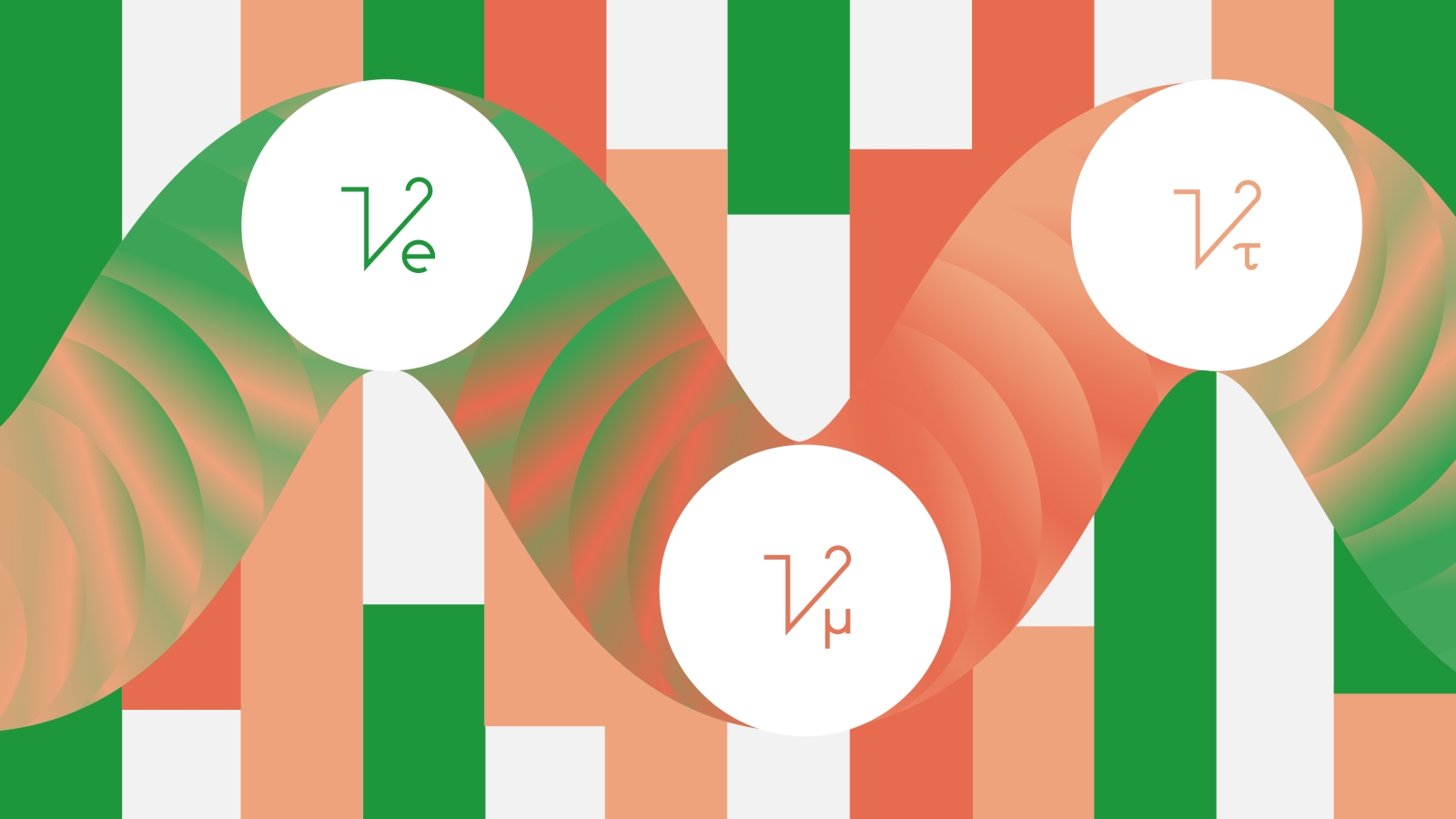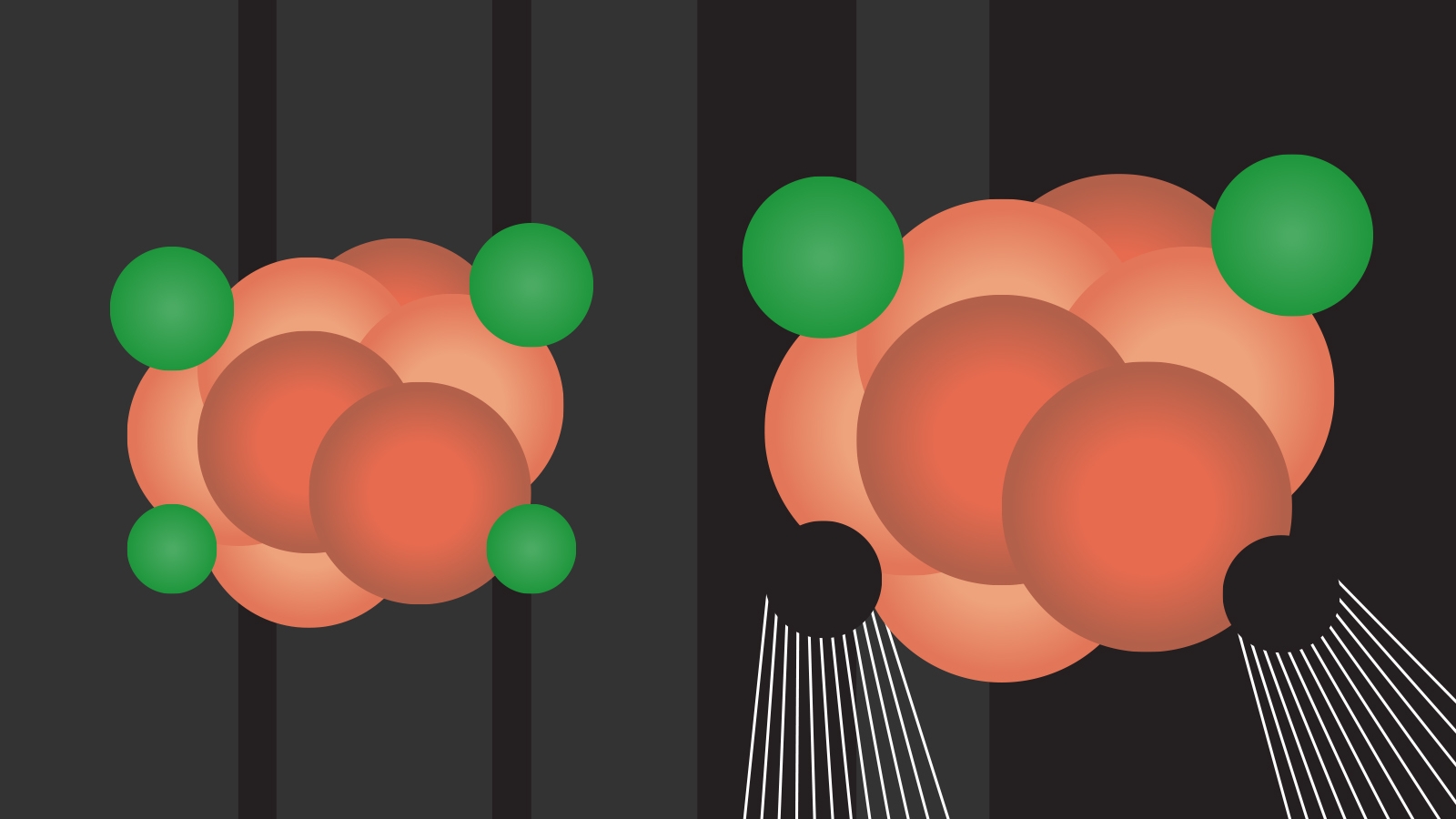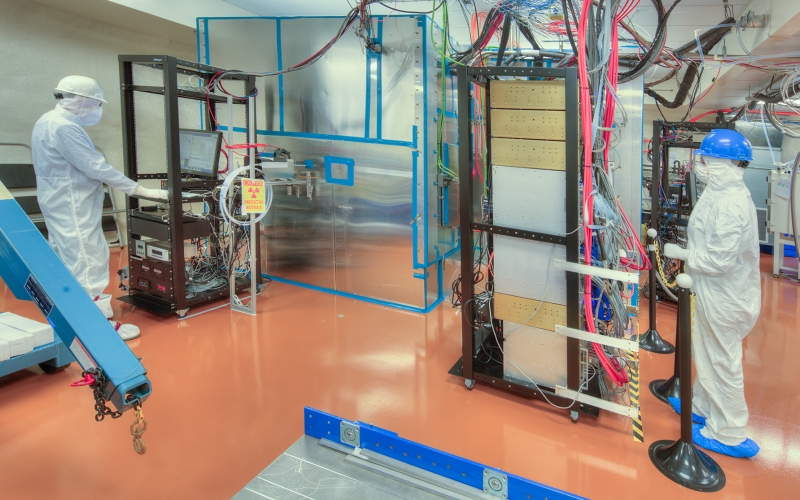3
Types of neutrinos
Neutrinos change flavors as they travel through space, going from electrons to muons to taus—in no particular order.
100 TRILLION
The number of neutrinos that pass through you every second
We can't feel them or see them, but they are all around us. Unravelling the mysteries of neutrinos could tell us why matter triumphed over antimatter—and why the universe exists.






